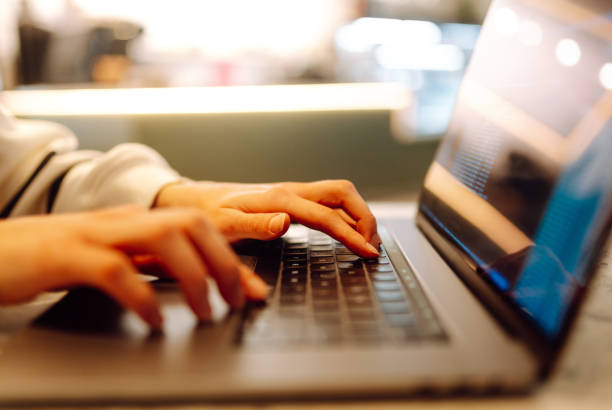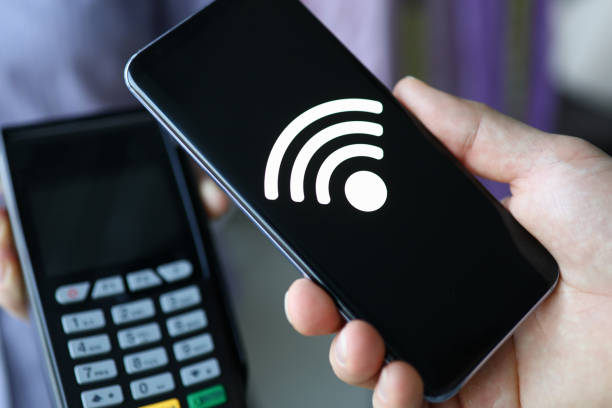Introduction
Getting a new laptop is exciting—like opening a box full of possibilities. But before you dive into Netflix or your favorite work tools, you need to set it up properly. Skipping the essentials can lead to security risks, laggy performance, and frustration down the line.
In this guide, we’ll walk you through how to set up a new laptop the right way—step-by-step, stress-free, and with tips you’ll actually use.
1. Unbox Carefully and Inspect Your Laptop
Before anything else, check for damage, dents, or scratches. Look for accessories like:
-
Charging cable and adapter
-
Setup guides
-
Extra peripherals (if included)
Take photos of anything that looks off—just in case you need to report a defect.
2. Power Up and Connect to Wi-Fi
Turn on your laptop and follow the on-screen setup instructions. You’ll be asked to:
-
Choose your language and region
-
Connect to a secure Wi-Fi network
-
Sign in to or create your Microsoft, Apple, or Google account
Tip: Use a strong, unique Wi-Fi password—no more “12345678”!
3. Install System Updates Right Away
This step is boring but super important.
Why?
Updates:
-
Patch security holes
-
Improve performance
-
Fix bugs
Go to:
-
Windows: Settings → Windows Update
-
Mac: System Settings → General → Software Update
Let the updates run and restart when prompted.
4. Remove Bloatware
Your laptop likely came with pre-installed apps you’ll never use. This is known as bloatware.
How to Clean It Up:
-
Go to the Apps section in your system settings.
-
Uninstall anything you don’t recognize or need.
Bonus: This frees up space and speeds things up.
5. Install Essential Software
Think of this like setting up your digital toolbox.
Must-Haves:
-
Browsers: Google Chrome, Firefox, or Brave
-
Office Suite: Microsoft Office, Google Docs, or LibreOffice
-
Media: VLC Player, Spotify
-
Communication: Zoom, Microsoft Teams, or Slack
Install only what you need—you can always add more later.
6. Set Up Antivirus or Security Software
Do You Need Extra Protection?
-
Windows Defender (built-in) is solid for most users.
-
macOS also has built-in protection.
-
For added security, consider Avast, Bitdefender, or Malwarebytes.
Tip: Enable your firewall and avoid suspicious downloads.
7. Configure System Settings
Now’s the time to make your laptop feel like yours.
Quick Customizations:
-
Adjust display resolution and brightness
-
Set sleep timer and power settings
-
Change touchpad gestures and scroll behavior
Comfort = Productivity. Make it work for your habits.
8. Set Up a Backup System
One of the most ignored (but critical) steps.
Options:
-
Cloud backup: Google Drive, OneDrive, iCloud
-
Physical backup: External hard drive or USB
Start backing up your files regularly from Day One—future you will thank you.
9. Sync Your Accounts and Files
Sign in to your main accounts:
-
Gmail, iCloud, Microsoft, Dropbox, etc.
Moving Old Data?
Use:
-
External drive
-
Transfer cable
-
Cloud sync tools like Google Backup & Sync
This makes the transition from old to new seamless.
10. Customize the Interface
Add some personality!
How To:
-
Set a custom wallpaper and theme
-
Organize your desktop and taskbar
-
Enable dark mode (for those late-night work sessions)
Fun, functional, and uniquely yours.
11. Install Browser and Extensions
Install your favorite browser, then supercharge it with extensions.
Recommended Add-ons:
-
Grammarly: Writing assistant
-
uBlock Origin: Ad blocker
-
LastPass: Password manager
-
Momentum: Focused new tab dashboard
Browser extensions are like cheat codes for productivity.
12. Optimize Battery Settings
Make your battery last longer with a few tweaks.
Battery-Saving Tips:
-
Turn off background apps
-
Lower screen brightness
-
Use “Battery Saver” mode in Windows or macOS
Also, keep your laptop cool—heat is a battery killer.
13. Set Up a Password Manager
No more using the same password everywhere—it’s risky.
Best Options:
-
Free: Bitwarden, LastPass
-
Paid: 1Password, Dashlane
These tools store and auto-fill your passwords securely across devices.
14. Enable Device Location and Find My Laptop
Just in case your laptop gets lost or stolen.
How to Turn It On:
-
Windows: Settings → Privacy & Security → Find my device
-
Mac: System Settings → Apple ID → Find My Mac
This feature helps track your laptop and even lock or erase it remotely.
15. Final Checks and Maintenance Tips
Before diving in, run a quick systems check:
-
Test webcam and microphone
-
Try a video call
-
Print a test page (if you use a printer)
Maintenance Reminders:
-
Run virus scans weekly
-
Clear junk files monthly
-
Update apps and system regularly
Conclusion
Setting up your new laptop the right way might take an hour or two, but it saves you days of frustration later. From security to customization, this checklist helps you get started on the right foot.
So take a deep breath, follow the steps, and enjoy your smooth, optimized new machine!
FAQs
1. Do I need antivirus if I have Windows Defender?
Windows Defender is solid for most users, but if you want extra layers of protection, consider third-party software like Bitdefender or Malwarebytes.
2. What’s the first app I should install?
Start with your main browser, then add productivity tools like an office suite or communication apps.
3. Can I skip OS updates?
You can, but you really shouldn’t. Updates patch security flaws and improve performance.
4. How do I move files from my old laptop?
Use an external drive, cloud storage (Google Drive, Dropbox), or Windows/Mac built-in transfer tools.
5. Should I use a local or cloud backup?
Both is best—cloud for convenience and automatic syncing, local for full data control.



